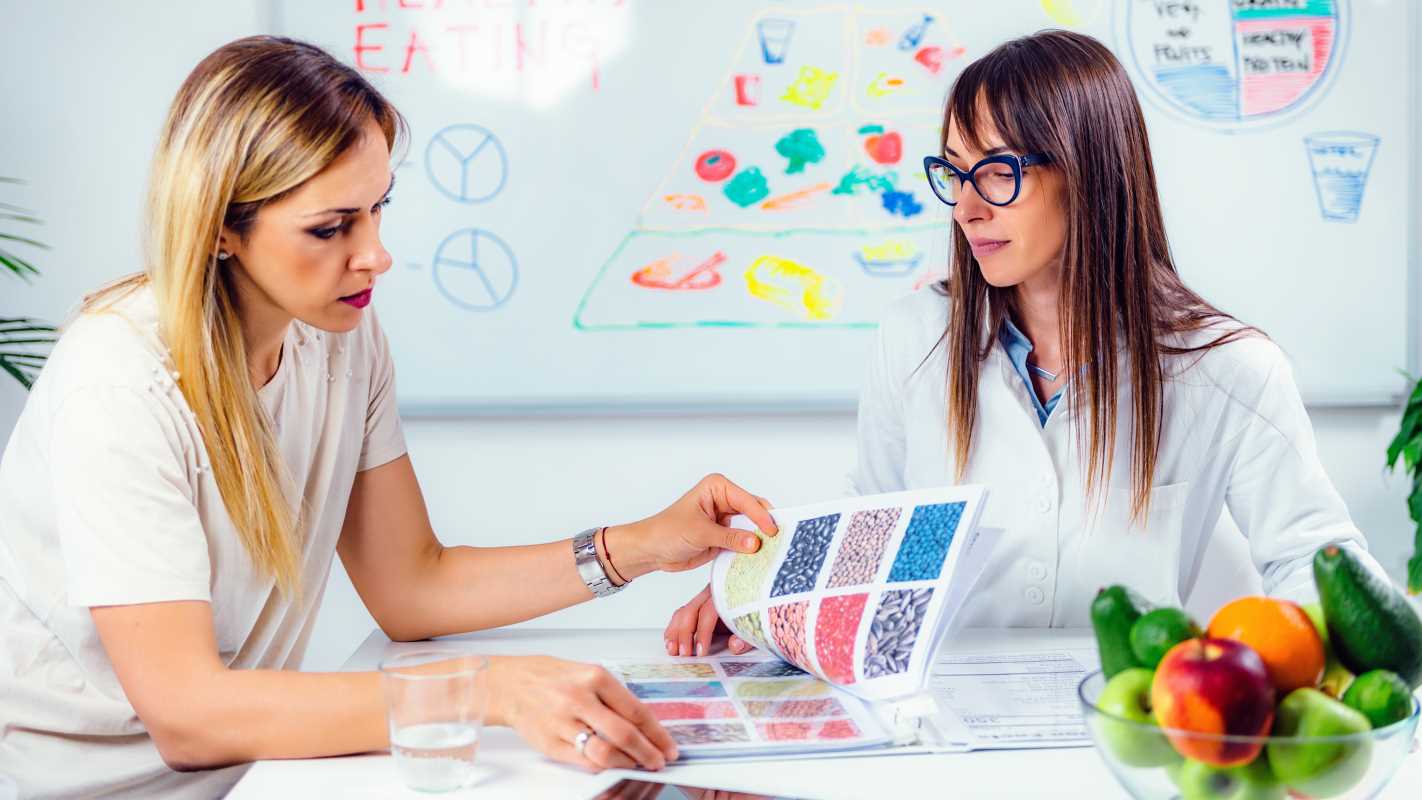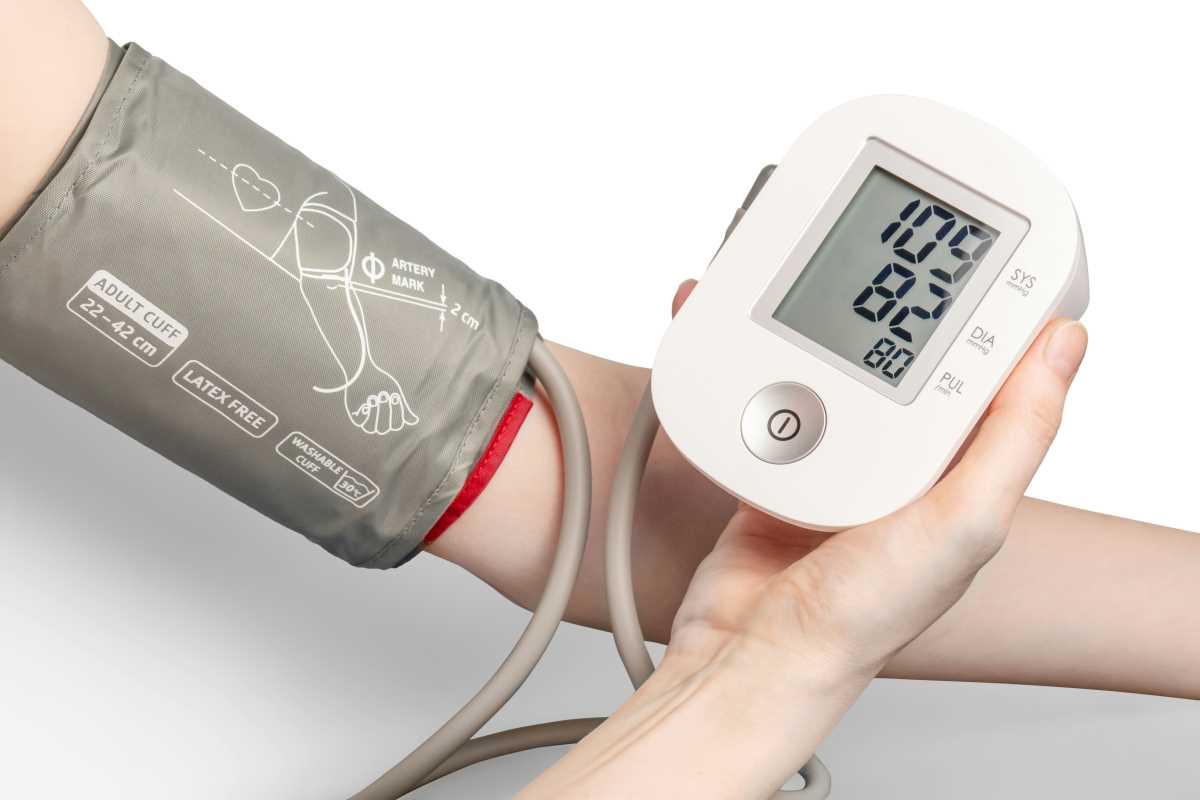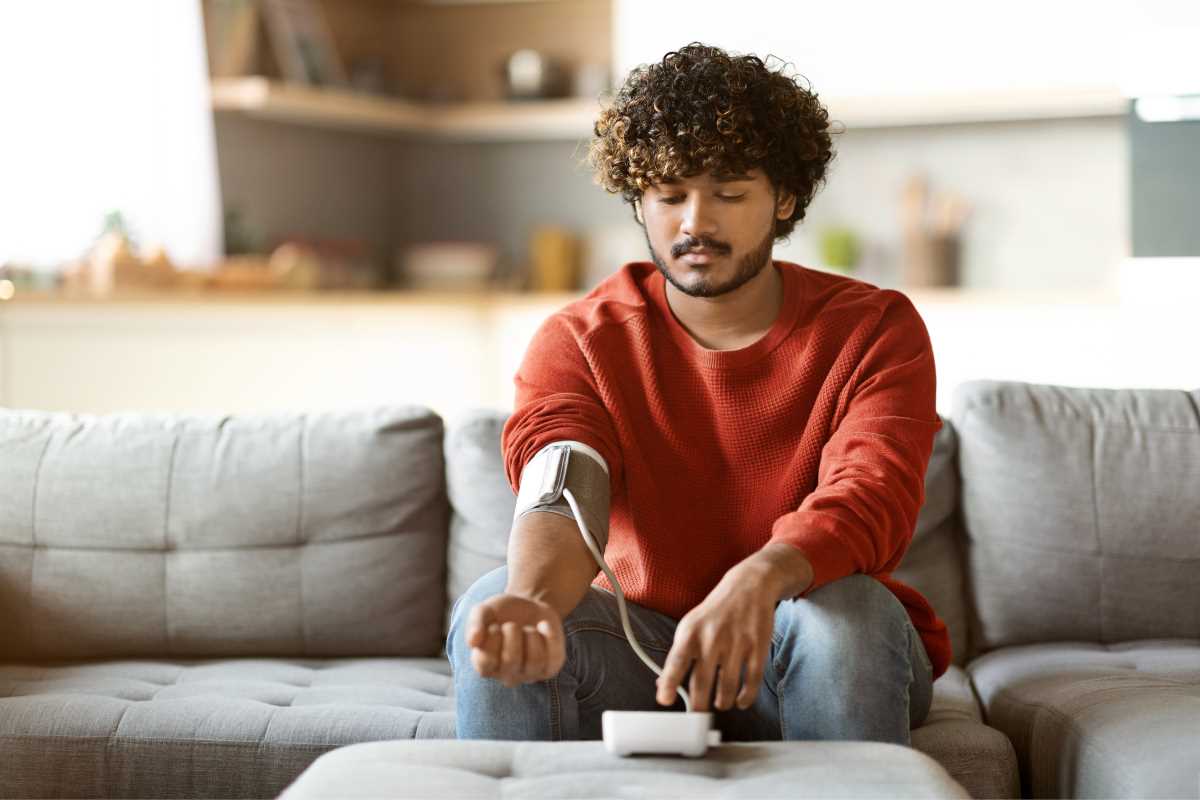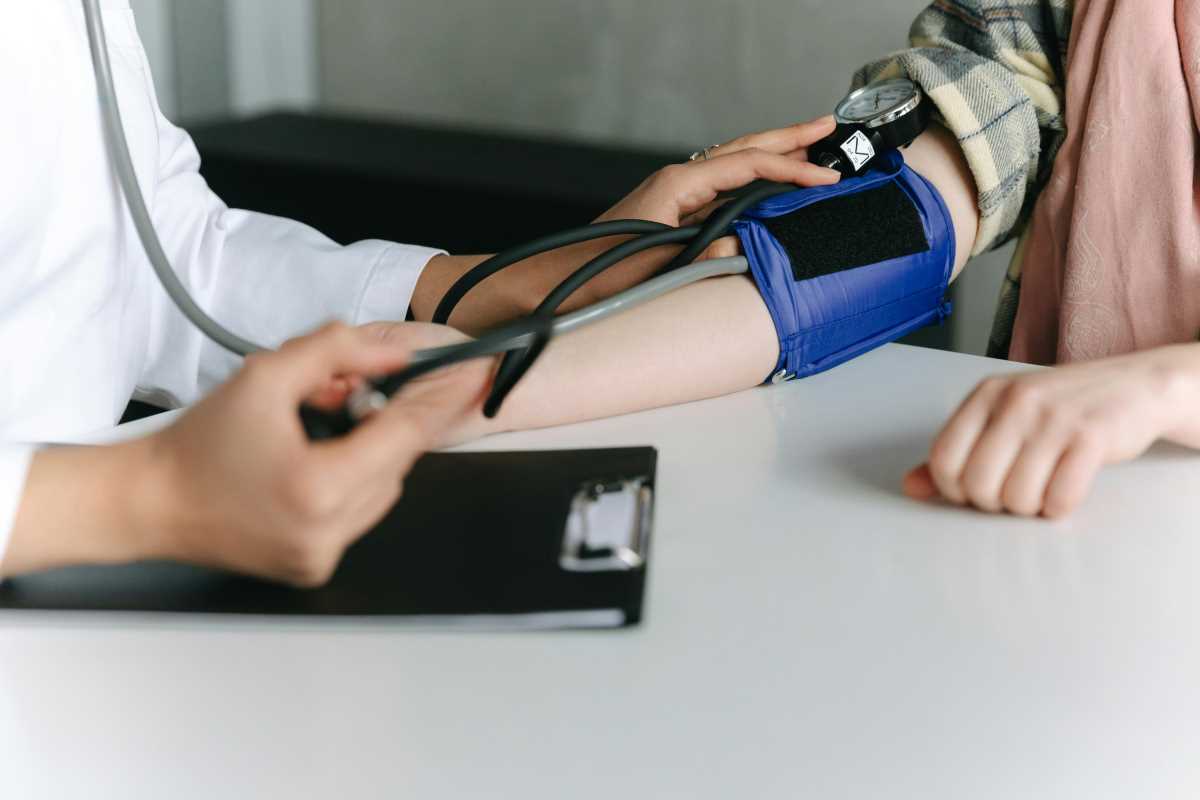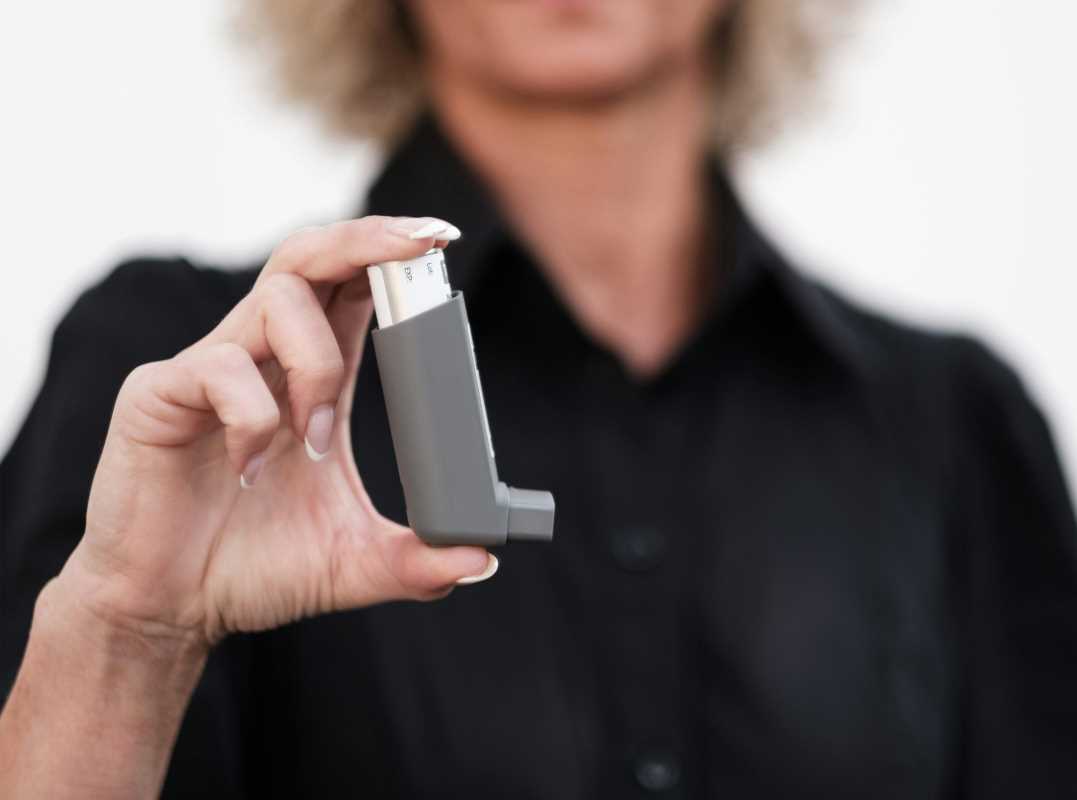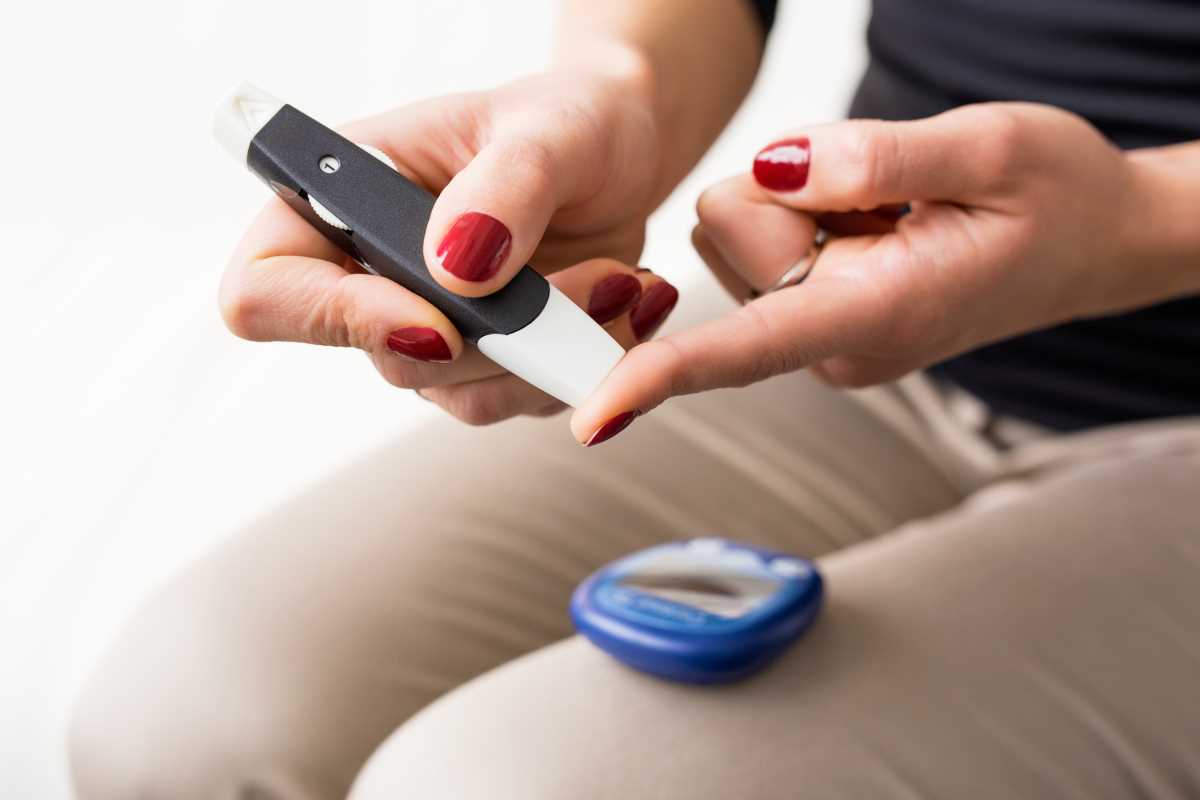Osteoporosis is often called the “silent disease” because it weakens your bones gradually and without obvious symptoms until a fracture occurs. However, living with osteoporosis doesn’t mean living in fear. With the right strategies, you can significantly reduce your risk of fractures and continue living a full, independent life. Here’s a practical guide to help you strengthen your bones, improve your balance, and fall-proof your environment.
1. Support Your Bones with a Healthy Diet
What you put on your plate impacts the strength of your bones. A diet rich in bone-building nutrients lays the foundation for healthier skeletal structure.
Key Nutrients for Strong Bones:
- Calcium: Essential for maintaining bone density. Adults need approximately 1,000–1,200 mg daily. Include foods like dairy products, fortified plant milk, leafy greens, and almonds.
- Vitamin D: Helps your body absorb calcium. Aim for 600–800 IU daily through fortified foods, sunlight, or supplements. Salmon, egg yolks, and mushrooms are great natural sources.
- Protein: Bones aren’t just calcium—they’re part protein, too. Ensure each meal includes lean proteins like chicken, fish, eggs, beans, or tofu.
- Magnesium and Potassium: These minerals support bone health by helping maintain proper calcium levels. Include nuts, seeds, bananas, and avocados in your diet.
Actionable Tip:
If you struggle to get these nutrients through food alone, consider consulting your doctor about supplements. Keep in mind that too much calcium from supplements can sometimes lead to kidney stones—balance is key.
2. Stay Active with Safe, Weight-Bearing Exercises
Exercise isn’t just for keeping your heart healthy—it’s a must for building and maintaining bone strength. However, if you have osteoporosis, you’ll want to focus on low-impact, weight-bearing activities to avoid putting undue strain on your bones.
Recommended Activities:
- Walking: A simple, low-impact way to keep your bones active without excessive risk.
- Tai Chi or Yoga: These exercises improve balance and flexibility, which can help prevent falls.
- Strength Training: Using light weights, resistance bands, or even bodyweight exercises helps strengthen bones and muscles, particularly in the hips and spine where fractures are most common.
Activities to Avoid:
- High-impact exercises like running or jumping.
- Movements that twist your spine excessively or involve bending forward (e.g., certain yoga poses or crunches).
Actionable Tip:
Start with small, consistent changes—try a 15-minute walk in your neighborhood or follow an online guided Tai Chi routine. If you’re unsure where to begin, consult a physical therapist who can design a safe, personalized exercise plan.
3. Improve Your Balance to Prevent Falls
Did you know that balance naturally declines with age? Poor balance increases your risk of falls, which are a leading cause of fractures in individuals with osteoporosis. That’s why it’s worth taking steps to stabilize yourself through regular practice and targeted exercises.
Simple Balance Boosters:
- One-Leg Stand: Try standing on one leg for 10–15 seconds at a time, using a chair for support if needed.
- Heel-to-Toe Walks: Walk in a straight line by placing one foot directly in front of the other, as though you’re on a tightrope.
- Balance Classes: Join a local Tai Chi or balance-focused class at a community center. These not only improve your stability but also help reduce anxiety about falling.
Actionable Tip:
Don’t hesitate to use assistive devices if needed—grip socks, walking sticks, or grab bars can provide extra security while you work on improving your natural balance.
4. Fall-Proof Your Home Environment
Most falls happen at home, but a few simple tweaks can transform your living space into a much safer environment. The goal here is to minimize tripping hazards and ensure that you have sturdy support in critical areas.
Ideas for Fall-Proofing:
- Declutter Walkways: Keep hallways and floors clear of cables, rugs, and other obstacles.
- Install Grab Bars: Place them in the bathroom near the toilet and shower for extra support.
- Improve Lighting: Ensure staircases and entryways are well-lit, and use nightlights in bedrooms and hallways.
- Non-Slip Mats: Use these in the kitchen, bathroom, and other areas prone to slippery surfaces.
Actionable Tip:
Conduct a “fall audit” in your home by walking through and spotting potential hazards. You can even enlist a family member or professional service to help make necessary adjustments.
5. Don’t Skip Routine Medical Checkups
Staying proactive about your bone health is one of the best ways to reduce fracture risk. Regular checkups and screenings ensure that you and your doctor can catch and manage bone loss early.
What to Expect:
- Bone Density Test (DEXA Scan): If you’re over 50 or at high risk for osteoporosis, your doctor may recommend periodic bone density scans to track your bone health.
- Medication Adjustments: If needed, your healthcare provider can prescribe medications that slow bone loss or even help rebuild bone.
- Health Monitoring: Issues like vision problems, poor blood pressure control, or chronic dizziness can increase fall risk, so share any symptoms during appointments.
Actionable Tip:
Be your own health advocate. Write down questions ahead of your visit and talk openly about concerns like recurring falls or family history of fractures.
6. Wear the Right Gear for Safety and Stability
Sometimes, a little extra support in your clothing or footwear can make a big difference in reducing your risk of falls and fractures.
What Helps:
- Supportive Shoes: Look for rubber-soled footwear with non-slip soles and plenty of cushioning.
- Back Braces: For those with severe osteoporosis, back braces can provide added support for posture and protect your spine.
- Hip Protectors: These padded items can be worn under clothes to absorb impact during a fall, reducing the likelihood of hip fractures.
Actionable Tip:
Always test new footwear indoors to ensure it’s stable, comfortable, and appropriate for your needs. And don’t hesitate to combine fashionable and functional when it comes to safety gear!
Disclaimer: The content provided on SuperHealthyTips is for informational and educational purposes only. This information is not intended to be a substitute for professional medical advice, diagnosis, or treatment.
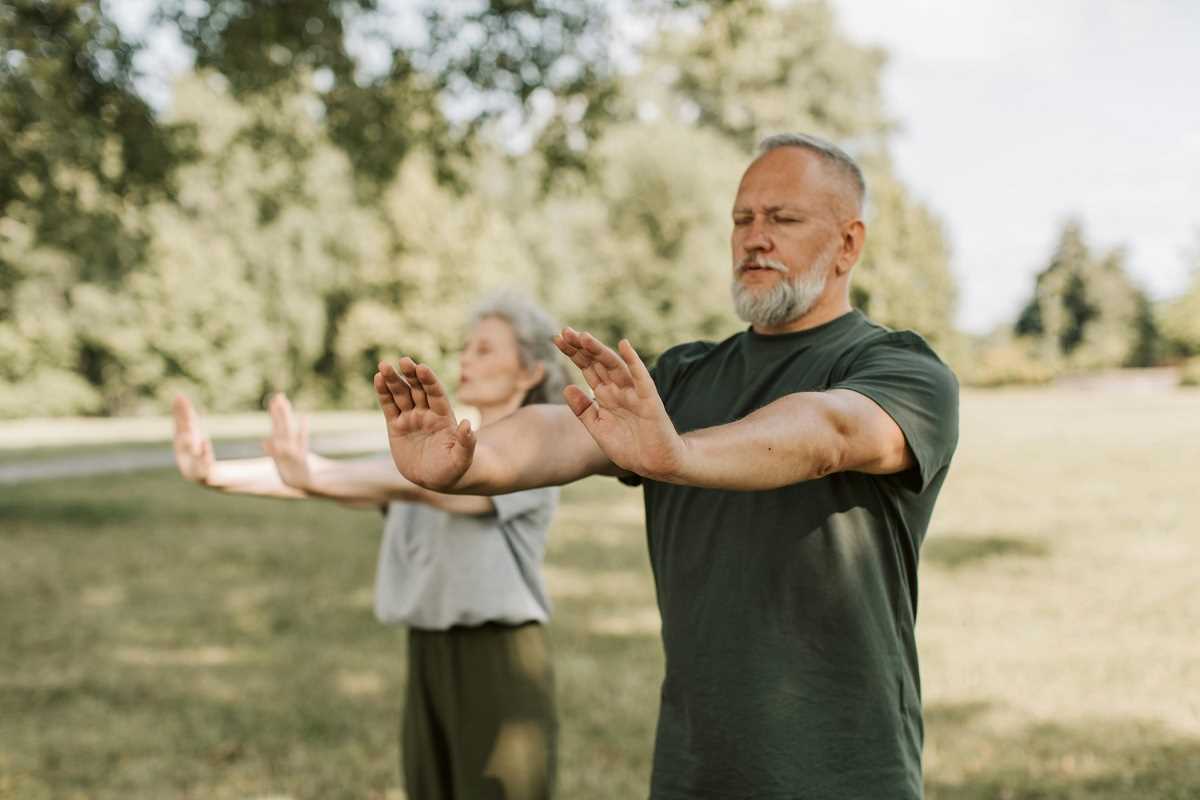 (Image via
(Image via